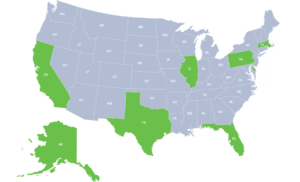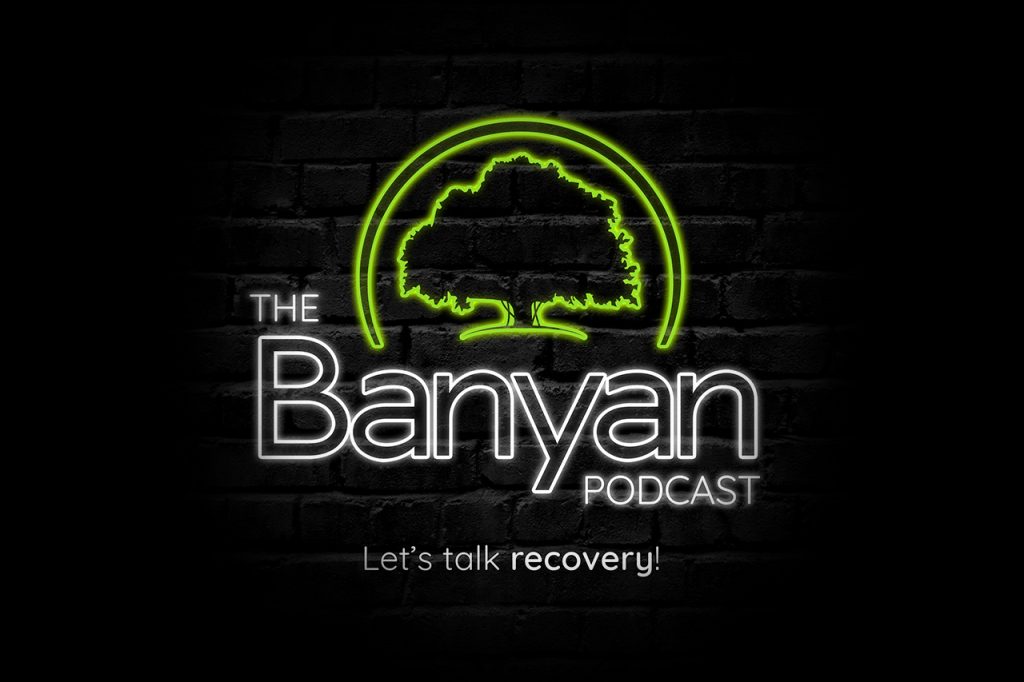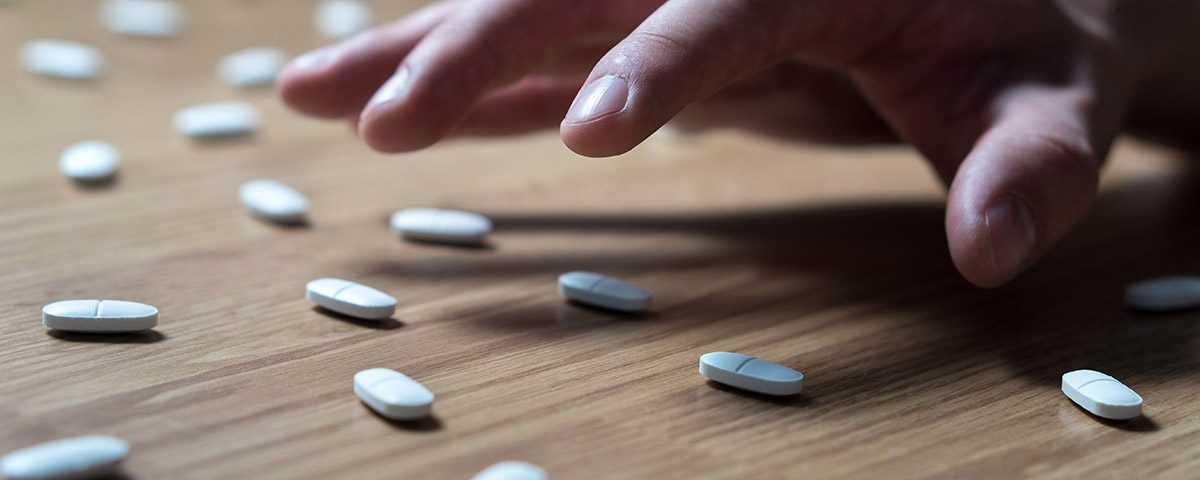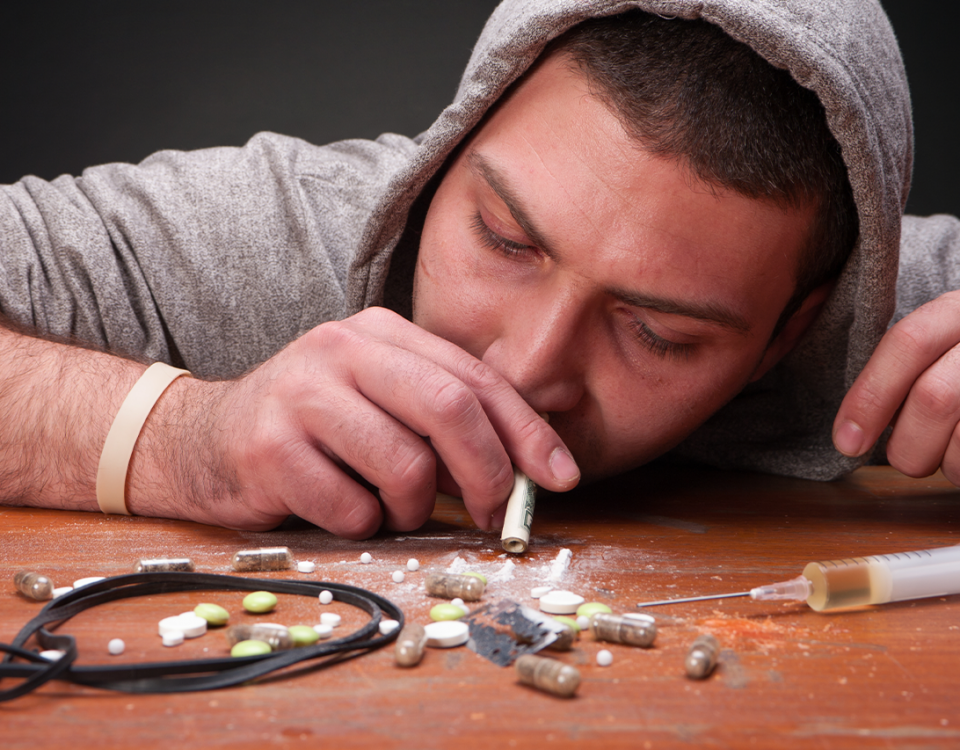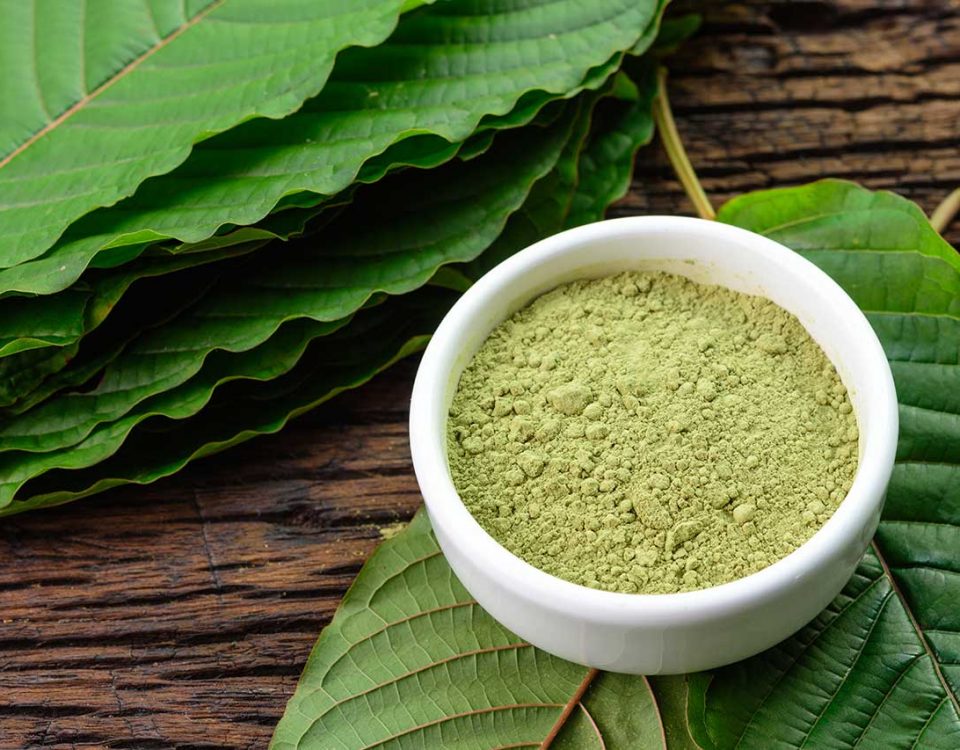Understanding Opiate Withdrawal
Updated August 2021
Understanding opiate withdrawal can be difficult if you’ve never personally dealt with or been impacted by addiction. People who are starting on the road to recovery usually want to know how long opiate withdrawal symptoms last. The truth is, it varies from person to person. In general, opioid withdrawal symptoms begin within 6-30 hours of last opioid use, depending on whether the drugs abused are fast or slow acting. The peak time for opiate withdrawal is 2 to 3 days into detox and taper off as the week goes on.1 To fully understand what helps when detoxing from opiates, it’s important to learn about the mechanisms of opioid addiction and how they affect the opioid detox process. We’re sharing some insight on how to cope with opiate withdrawal and the best way to detox from these drugs.
Understanding Opiate Addiction: Opioids vs Opiates
Opioids and opiates are terms used to describe two different subsets of one class of drugs. Opioids are synthetic versions of opiates, which are drugs derived from naturally occurring chemicals in the opium plant. Today and in this informational piece, opioids and opiates are used interchangeably, as they have the same effects on users. The difference between opiates and opioids is that opiates stem from naturally occurring components of the opium plant, while opioids are synthetically created for the same effects as opiates. Opioids can be more powerful than opiates due to their synthetic creation, but both opioids and opiates carry the dangers of addiction and overdose. Opioid common names include Fentanyl, and the most common opiates include morphine, codeine, and thebaine (paramorphine). Heroin is semi-synthetic because it contains both synthetic and natural components.The Science Behind Opioid Addiction and Withdrawals
Opioid addiction causes changes within the brain’s reward systems that can cause serious withdrawals during the detoxification process. Constant opioid use results in changed brain chemistry, where a person’s brain operates normally when they’re using opioids and abnormally when they’re not using the drugs, which causes withdrawal symptoms.3The brain’s own natural opioid receptor cells become less responsive to opioids as the addiction and drug use continue, resulting in a tolerance where the user needs to take more drugs for the same results. While many people understand how opioids hijack the brain’s reward systems, the problem continues beyond that. Continued opioid use and tolerance associated with opioid addiction can harm the brain’s locus coeruleus, a part of the brain that creates chemicals responsible for wakefulness, blood pressure, breathing, and alertness. When a person who is addicted to opioids continues using higher doses of the drugs, these parts of the brain often struggle to function normally without opioids, resulting in withdrawals such as jitters, anxiety, and digestive problems when opioid use stops.2
Opiate Withdrawal Symptoms
Opiate withdrawal symptoms generally begin slowly and follow the opioid withdrawal timeline where they peak around 72 hours after a patient’s last opioid use. Common symptoms that would signal opioid withdrawal include:- Pain
- Irritation
- Shivers
- Fatigue
- Headaches
- Sweating
- Anxiety
- Panic Attacks
These withdrawal symptoms can be frightening, but they do not last forever. In fact, the worst opioid withdrawal symptoms generally last only a week or so, with the third day of detox typically being the worst day of opiate withdrawal. The severity and duration of your withdrawals will depend on your addiction type, the duration of your addiction, and your overall health. Our Boca Raton detox programs are designed to mitigate any opiate withdrawal symptoms and promote patient comfort.
How Long Does Opioid Withdrawal Last?
So, how long does opiate withdrawal last? Opiate withdrawals can begin 12 hours after the last dose. Acute opioid withdrawal symptoms typically last one to four weeks, but post-acute withdrawal symptoms (PAWS) can last years as a patient’s brain chemistry equalizes. Post-acute withdrawal symptoms typically include anxiety, mood swings, and other behavioral and psychological side effects.Opiate Withdrawal Timeline: Acute Withdrawals Phase
When considering how long opiate withdrawal lasts, it’s important to understand what influences the process. The duration of a patient’s opioid abuse, their overall health, type of opioids abused, and the overall patient health will all influence how long it takes to detox from opiates and opioids. Our opioid withdrawal timeline, below, shares a general outline for the timing of the opioid detox process.Opiate withdrawal symptoms timeline varies from patient to patient, with factors such as type of opioids abused, duration of abuse, and overall health affecting the withdrawal timeline. The opioid withdrawal timeline are as follows:
- 6-12 hours after last opioid use, patient begins to experience withdrawal symptoms like yawning, teeth chattering, and anxiety.3
- 12-72 hours after last opioid use, patient experiences the most intense opioid withdrawals including nausea, digestive issues, shivering, cravings, and mood changes.
- 72-120 hours after last opioid use, patient’s opioid detox symptoms tend to taper off in intensity until the cravings and withdrawals dissipate entirely.
- 6 days-1 year after last opioid use, patient has exited the acute withdrawal timeline outlined above and may experience post-acute withdrawal symptoms during this time.
- 1 year after last opioid use, patient has successfully treated addiction and found sobriety.
The stages of opiate withdrawal can be highly uncomfortable and even life-threatening. That’s why our Boca drug rehab detox, as well as supplemental recovery programs, support long-term sobriety.
What Is PAWS (Post-Acute Withdrawal Syndrome)?
Post-acute withdrawal syndrome or PAWS refers to any withdrawal symptoms that continue after a person has gone through acute withdrawal symptoms. Each episode of PAWS can last for several days at a time, with episodes periodically persisting for a year. It’s estimated that 90% of patients who successfully detox from opioids experience PAWS.4 Patients may feel fine for a few weeks or months after detoxing from opioids, only to face mood issues, sleep problems, or intense cravings months after completing their acute detox. When a patient suddenly begins facing cravings, mood changes, or other after-detox symptoms, they are facing PAWS. PAWS happens when the brain and body are adapting to reduced or stopped use of opioids. The opiate PAWS timeline generally lasts for a few weeks or months after detox, and the intensity of symptoms will vary widely for each person.Best Way to Detox From Opiates at Banyan Boca
While opiate withdrawals can occur, they are not necessarily inevitable. In fact, overcoming opiate withdrawal is possible with the right support. At our prescription pill detox in Florida, we can help you fight the discomforts of opiate withdrawal. We provide crucial services, including:- Therapeutic Support
- Medical Care
- Monitoring
- Exercise Programs
- Nutritional Meals
Exercise and proper nutrition can make all the difference to ease your opiate detox. Our team at Banyan Treatment Centers Boca offers the custom detox plan you need to successfully work past opiate withdrawal symptoms. Withdrawals don’t have to keep you from successful recovery.
Many patients are wondering how to cope with opiate withdrawal. At Banyan Boca, we believe that nobody should have to work through the opiate withdrawal timeline and symptoms alone. We offer a variety of approaches to opiate detox, helping patients with medical support and therapies focus on what helps when detoxing from opiates.
What Helps When Detoxing From Opiates: Medically Supervised Detox
Detox is the first step along the road to recovery. Without detox, drugs such as opiates will continue to stay in control through mental, physical, and emotional dependencies. Our opiate detox programs at Banyan Detox Boca Raton can help you break free. Successful opiate detox is crucial to getting sober, and it’s best performed through medically monitored detox. A medical approach to detox is the best thing for opiate withdrawal because medically monitored detox reduces and even eliminates many symptoms of opiate withdrawals. Following detox, patients at our rehab center would then move onto our opioid addiction treatment to further address the physical and psychological aspects of their conditions.Although the opioid epidemic is slowing down, there are still so many people who need help to overcome their addictions. We offer the support you need for overcoming opiate withdrawal. To learn more about our detox programs and inpatient drug treatment in Boca Raton, call us today at 888-280-4763.
Sources:
- Wiley Online Library - Yes, People can die from opiate withdrawal
- NCBI - The Neurobiology of Opioid Dependence
- Science Daily - Key Trigger of Opioid Withdrawal Symptoms Found
- Semel Institute for Neuroscience and Human Behavior - Post-Acute Withdrawal Syndrome
Related Reading:
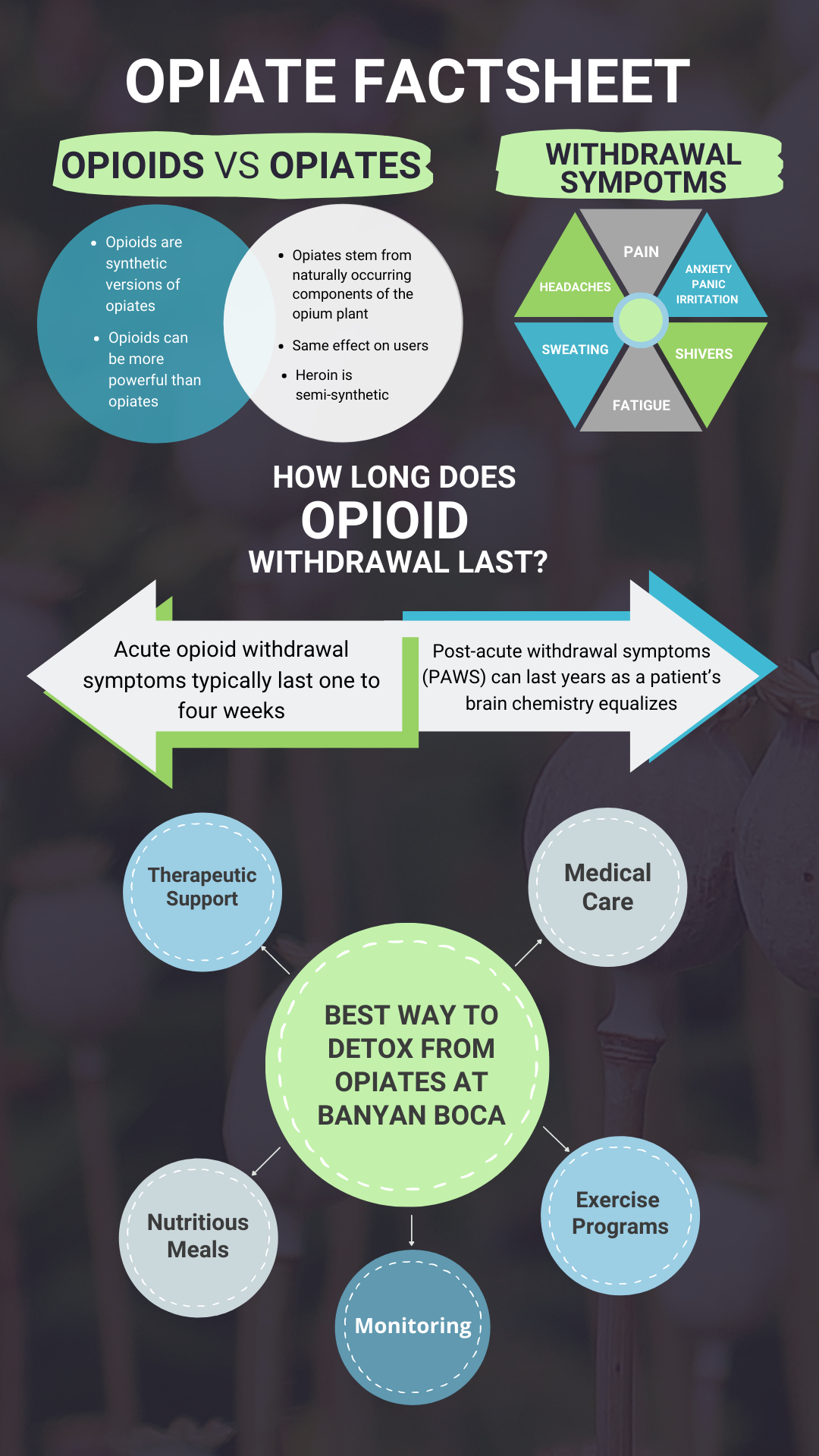
How To Overcome Opiate Withdrawal









